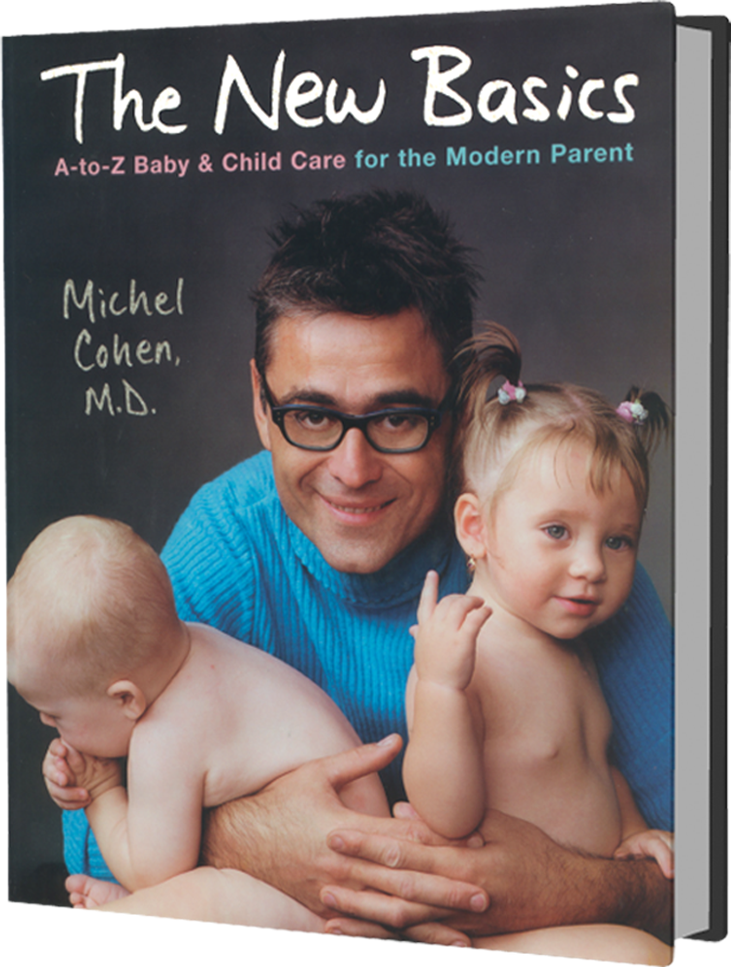
Headaches
Headaches become a source of concern when children are old enough to complain about them. This is not to say that they don’t experience them before they can talk about them, but pre-verbal kids can only produce general crying and screaming rather than anything more specific. Headaches can occur with illnesses or without. They can be occasional or recurrent. Here’s a quick guide on how to distinguish the severity of headaches.
Headaches with Fever
When headaches occur with a fever, meningitis, although extremely rare, should be in the back of your mind. Watch vigilantly for the symptoms: intense pain, vomiting, and trouble moving the neck. Pain medication won’t help much.
Flu headaches show up differently and with less dramatic symptoms than do headaches associated with meningitis. Generally, there’s no vomiting, and while Jimmy may suffer general muscle pain, moving his neck hurts no more than anything else does. Pain medication will make his headache disappear for at least a couple of hours.
Sinus headaches, which are rare in young children, can occur with sinus infections, but they tend to be localized in the forehead area.
Occasional Headaches with No Fever
These are common enough, and most of them are not serious. They are usually the result of an associated illness; strep throat, for example, can produce headaches without fever. The same goes for colds. The headache will improve as the illness does.
Recurrent Headaches
Children commonly complain of headaches that last several days or recur frequently over time. The older the child, the more common the problem. In general, such headaches could be due to neck tension, which decreases the blood flow to the head, or to migraine. Eyestrain headaches occur much less often than people think, and it is questionable whether this can even be a cause.
If the headache occurs every day
If the headache increases in intensity as the days go by
If the headache is present when Jimmy wakes up
If he is vomiting or has difficulty moving his neck
If he is less than five years of age
If there are vision problems such as double vision
If the headache is resistant to medication
These signs could point to a rare occurrence of intracranial growth, such as a brain tumor. Seek medical attention if your child suffers any of the above symptoms.
If the headache is easily relieved with pain medication
If the headache has no particular schedule
If there are no other symptoms
If the headache comes and goes, sometimes for months, without worsening
If it does not impede daily activity
Once you have established that Jimmy experiences plain but recurrent tension headaches, give him occasional pain medication. Lying down for a moment in a quiet, darkened room is an excellent way to relieve tension headaches. It may even help your own headaches.
Psychological Headaches
It all started when you had a problem at work, and you developed a splitting headache. Recently, Jimmy’s been pointing to his head at different times of the day, some days on, some days off. Once it was so bad he cried. You wondered if it was from his habit of sitting too close to the TV, but on the contrary that seems to relieve him. Strangely, when you massage his feet he improves.
Kids are experts at noticing when complaints bring special care. If Jimmy’s headaches yield head massages, trips from class to the nurse, or opportunities to watch a movie, he’ll learn to point at his head and frown whenever he needs a little extra pampering.
A strain in the family can cause psychological headaches. I also see children who emulate a frequently complaining parent. If you think Jimmy’s headaches are psychological rather than physiological, don’t give him too much attention. Simply tell him to go lie down and wait until he feels better. If his headaches persist despite these measures, keep a diary and note their duration and intensity as well as the effectiveness of various relief strategies. This record will help your doctor determine the next level of intervention.




 MEDICATION DOSAGE
MEDICATION DOSAGE

